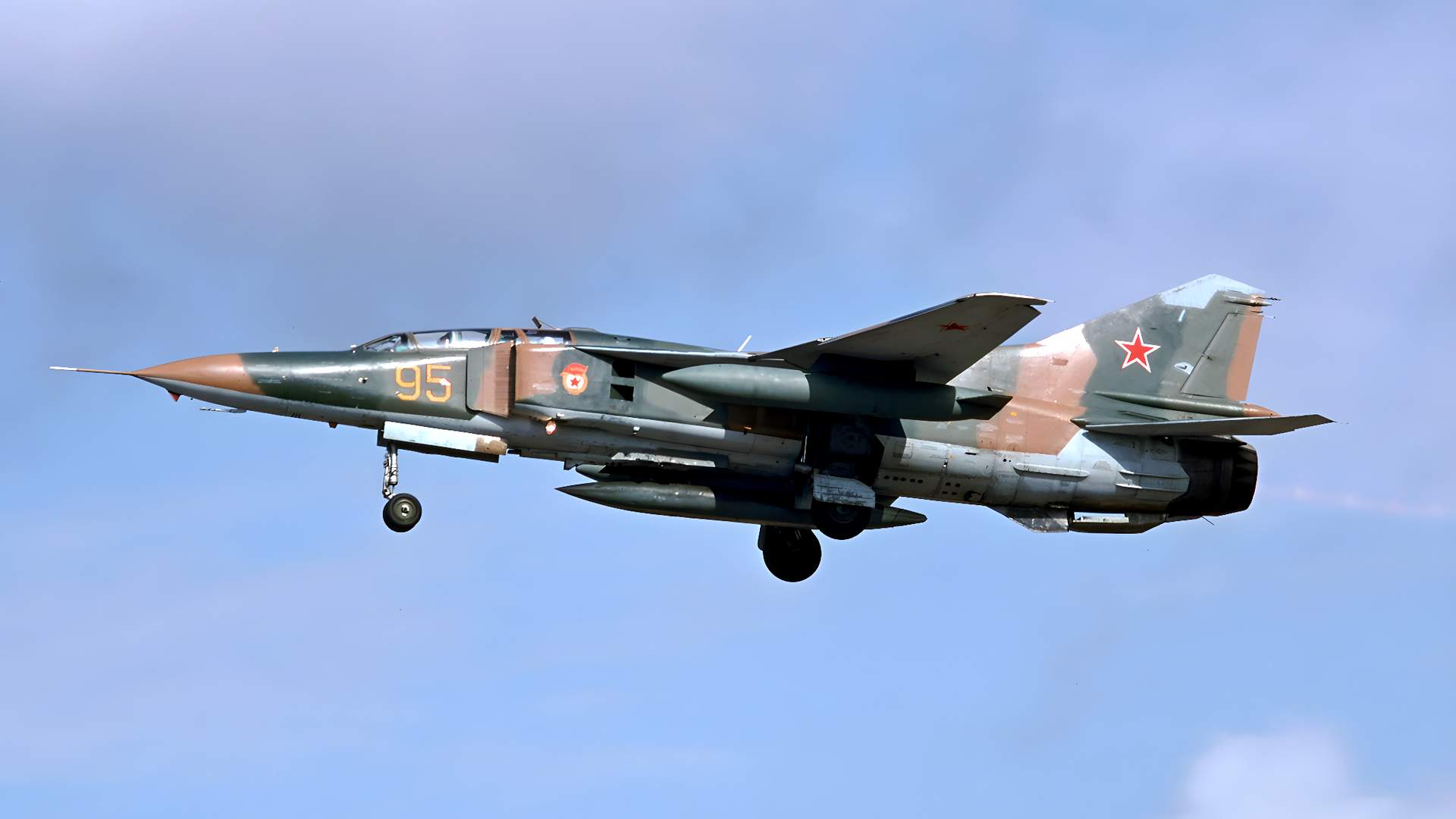Disagreement on Ejection Led to MiG-23 Crash: NTSB
The National Transportation Safety Board (NTSB) has issued a report highlighting critical moments of disagreement that preceded the crash of a MiG-23 aircraft. The investigation into the incident, which garnered significant attention due to the involvement of a vintage Soviet-era fighter jet, has unveiled a series of miscommunications and disputes between the two crew members onboard. This report sheds light on the complexities involved in high-stakes flight operations and the critical importance of coordinated decision-making in aviation safety.
NTSB Reports Dispute Over Ejection in MiG-23 Crash
In a detailed account released by the NTSB, a significant disagreement between the pilot and the co-pilot over whether to eject from the MiG-23 was cited as a key factor leading to the aircraft’s crash. The report outlined that moments before the crash, the pilot believed the aircraft was recoverable and was against initiating ejection procedures. The co-pilot, on the other hand, assessed that the situation was dire, prompting a recommendation to abandon the aircraft. This conflict in decision-making, as analyzed by the NTSB, was critical in the sequence of events that followed.
The NTSB’s investigation emphasized the breakdown in communication and coordination between the crew members. Analysts noted that the cockpit voice recorder captured a tense exchange, revealing the urgency and pressure experienced in the cockpit. The report indicated that the disagreement not only delayed decisive action but also contributed to a lack of coherence in executing emergency protocols, ultimately reducing the time available to safely eject.
Further insights from the report revealed that both crew members had different interpretations of the aircraft’s condition based on their individual experience and training. The pilot, with extensive experience flying the MiG-23, felt confident in managing the situation, whereas the less experienced co-pilot was more risk-averse given the indicators of mechanical failure. This divergence in perception and risk assessment underscores the need for standardized protocols and effective communication strategies in managing crises during flight operations.
Investigation Reveals Pilot Disagreement Before Crash
The investigation into the MiG-23 crash uncovered that the disagreement between the pilot and co-pilot was rooted in differing assessments of the flight data available during the critical moments leading up to the incident. The NTSB discovered that various cockpit instruments presented conflicting information, which further exacerbated the already tense situation. Each crew member interpreted the data through their subjective lenses, leading to conflicting conclusions about the severity of the aircraft’s issues.
As the investigation delved deeper, it became apparent that the absence of a unified command decision significantly contributed to the events that unfolded. The NTSB pointed out that the lack of a clear hierarchical structure in decision-making during emergencies can lead to fatal delays. In this instance, the absence of a predetermined protocol for resolving disagreements was a crucial oversight, highlighting a gap in training that could be addressed to avert future incidents.
The NTSB recommended that this incident serve as a pivotal learning opportunity for aviation agencies worldwide. By fostering an environment where crew members can effectively communicate and resolve disputes, the potential for similar accidents could be reduced. The report urged aviation authorities to revise training programs to emphasize the importance of collaboration and decision-making protocols, ensuring that every crew member is equipped to handle high-pressure situations effectively.
The NTSB’s report on the MiG-23 crash underscores the profound impact that crew disagreements can have on flight safety. By highlighting the pivotal role of communication and coordinated decision-making, the investigation offers valuable lessons for the aviation industry. As stakeholders digest the findings, the hope is that implementing these insights will lead to enhanced training and protocols, ultimately contributing to safer skies.



